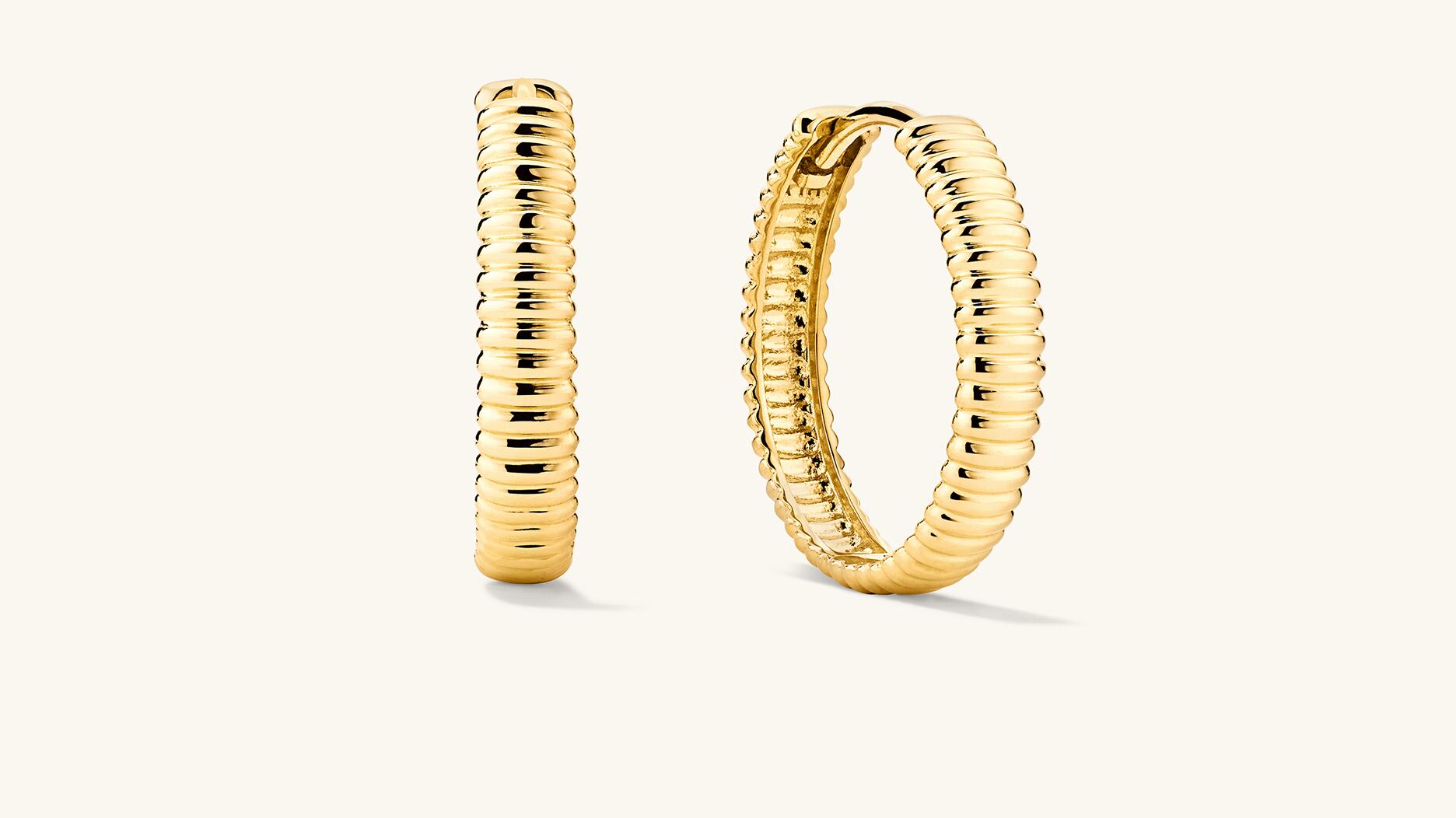U.S. Expands Sanctions to Russian Gold
The U.K, Canada, and Japan have also banned the import of gold originating from Russia.
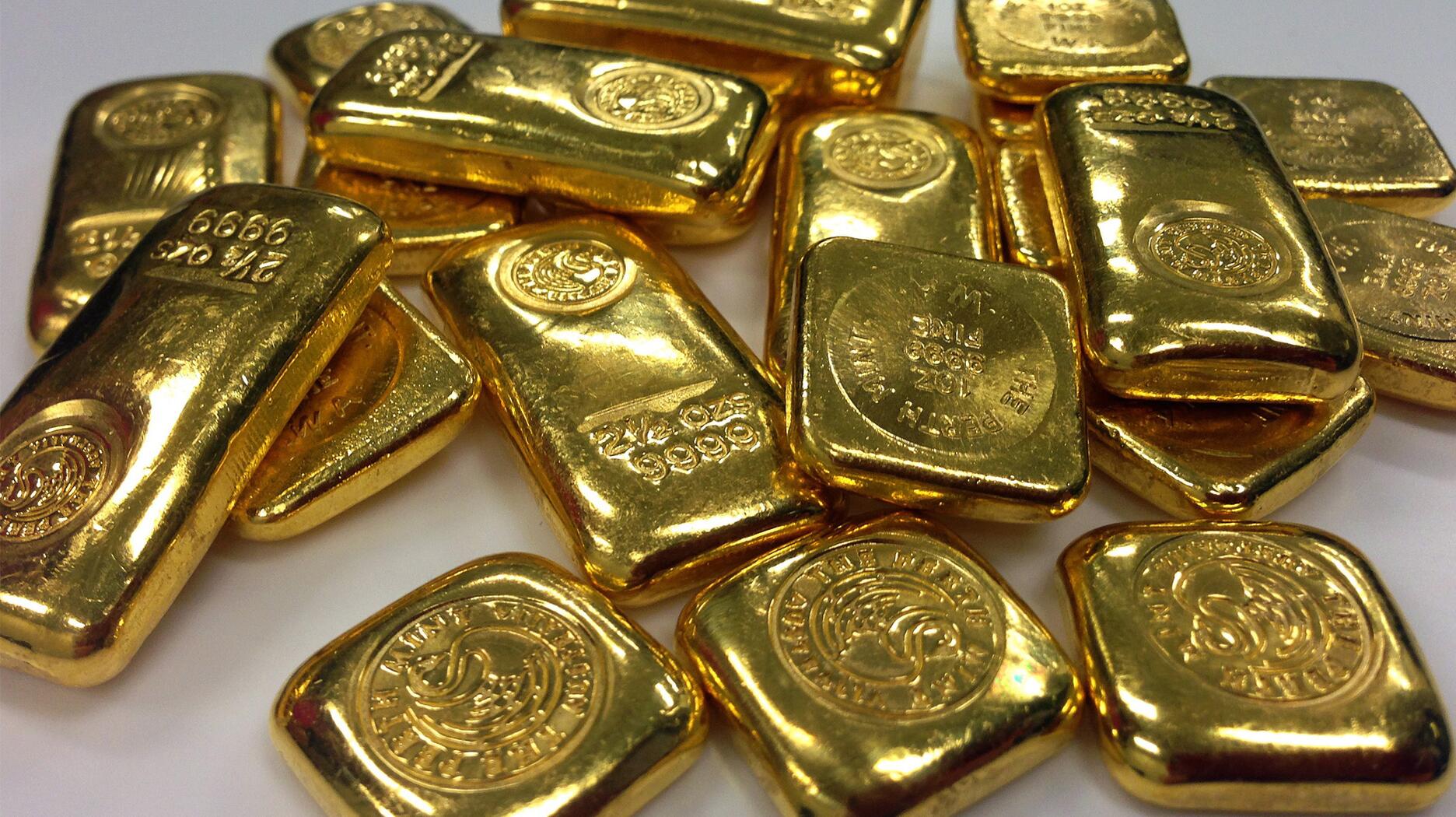
The Treasury announced Tuesday, June 28, that gold of Russian Federation origin cannot be imported into the United States, effective immediately, unless otherwise licensed or authorized by the Office of Foreign Assets Control (OFAC).
Excluded from this latest round of sanctions is gold of Russian origin shipped out of Russia before the sanctions were announced.
“Today’s actions .... strike at the heart of Russia’s ability to develop and deploy weapons and technology used for Vladimir Putin’s brutal war of aggression against Ukraine,” said the Treasury.
Even prior to the new sanctions, certain gold-related transactions involving Russia were sanctionable under an executive order as well as other Russia-related sanctions, noted the Treasury.
In updated guidance sent to members Wednesday, the Jewelers Vigilance Committee made the same point about pre-existing sanctions.
JVC also noted a change to OFAC’s FAQ section in regard to Russian gold. The update states that Russian gold that is “substantially transformed” in another country is not subject to sanctions, the same exception applied to Russian diamonds when they were sanctioned earlier this year.
“An example of substantial transformation of gold would be taking 24-karat gold bullion and making it into 18-karat wire,” explained Sara Yood, deputy general counsel at JVC.
“An example of an act that would likely not be viewed as substantial transformation would be putting findings onto a chain to make it a necklace,” she added.
JVC is advising businesses to proceed with caution.
“Businesses regularly importing gold from countries not listed above [meaning Russia] should be sure to talk to their suppliers about this new restriction and ensure they are not unknowingly importing Russian gold into the United States.”
Companies should also search the London Bullion Market Association’s “Good Delivery List,” said JVC, a list of vetted bullion suppliers that follow the association’s responsible sourcing guidelines.
Jewelers of America also has resources and guidance regarding Russian goods available to members on its website.
“From very early in the crisis, Jewelers of America has been adamant in advising JA members to cease the purchase of goods used in jewelry that have emanated from Russia and benefit the Russian government,” JA President and CEO David Bonaparte told National Jeweler.
“The latest ban reinforces the need for jewelers to place heightened scrutiny into where diamonds, precious metals, and precious gemstones originate.”
The latest sanctions on Russia follow the meeting of world leaders at the recent G-7 summit in Munich, where the U.S., Canada, France, Germany, Italy, Japan, the United Kingdom, and the European Union met to discuss, among other topics, the war in Ukraine.
Several leaders agreed on an import ban on new gold from Russia in an attempt to hinder the flow of revenue funding the war in Ukraine.
The U.S., Canada and Japan are joining the U.S. in the ban.
The export of gold garners tens of billions of dollars for Russia, President Joe Biden said in a tweet.
The United States has imposed unprecedented costs on Putin to deny him the revenue he needs to fund his war against Ukraine.
— President Biden (@POTUS) June 26, 2022
Together, the G7 will announce that we will ban the import of Russian gold, a major export that rakes in tens of billions of dollars for Russia.
The sanctions also apply to an additional 70 Russian entities and 29 Russian individuals said to be critical to the country’s defense, industrial, technology, and manufacturing sectors.
“Broad multilateral commitments and actions by G7 members this week further cut off the Russian Federation’s access to technology that is critical to their military,” said Yellen.
“Targeting Russia’s defense industry will degrade Putin’s capabilities and further impede his war against Ukraine, which has already been plagued by poor morale, broken supply chains, and logistical failures.”
This is the latest round of sanctions against Russia to affect the jewelry industry.
The Treasury Department first sanctioned Russian diamond miner Alrosa and its CEO in February.
In March, President Biden banned the import of Russian diamonds to the U.S. via executive order.
In April, the U.S. government put Alrosa on the Specially Designated Nationals list, effectively preventing U.S. companies from doing any business with Alrosa.
Alrosa accounts for 90 percent of Russia’s diamond mining capacity, according to the Treasury, and the Russian government holds a 33 percent stake in the company.
It mined 32.4 million carats in 2021, making it the largest producer by volume and accounting for nearly 30 percent of global supply, with sales topping $4 billion.
The Latest

Said to be the first to write a jewelry sales manual for the industry, Zell is remembered for his zest for life.

The company outfitted the Polaris Dawn spaceflight crew with watches that will later be auctioned off to benefit St. Jude’s.

A buyer paid more than $100,000 for the gemstone known as “Little Willie,” setting a new auction record for a Scottish freshwater pearl.

Supplier Spotlight Sponsored by GIA.
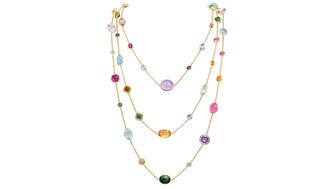
Anita Gumuchian created the 18-karat yellow gold necklace using 189 carats of colored gemstones she spent the last 40 years collecting.

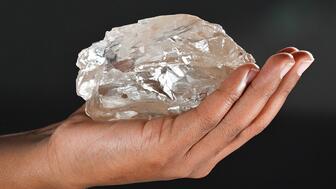
The giant gem came from Karowe, the same mine that yielded the 1,109-carat Lesedi La Rona and the 1,758-carat Sewelô diamond.
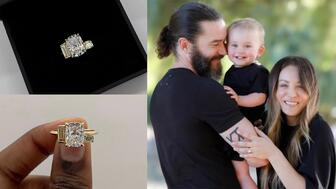
The three-stone ring was designed by Shahla Karimi Jewelry and represents Cuoco, her fiancé Tom Pelphrey, and their child.

Supplier Spotlight Sponsored by GIA
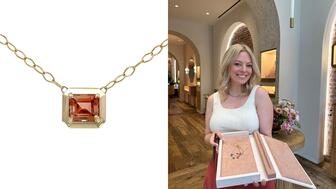
The Manhattan jewelry store has partnered with Xarissa B. of Jewel Boxing on a necklace capsule collection.

Acting as temporary virtual Post-it notes, Notes are designed to help strengthen mutual connections, not reach new audiences.

The jewelry historian discusses the history and cultural significance of jewelry throughout time and across the globe.

From fringe and tassels to pieces that give the illusion they are in motion, jewelry with movement is trending.

The designer and maker found community around her Philadelphia studio and creative inspiration on the sidewalks below it.

The change to accepted payment methods for Google Ads might seem like an irritation but actually is an opportunity, Emmanuel Raheb writes.

The industry consultant’s new book focuses on what she learned as an athlete recovering from a broken back.
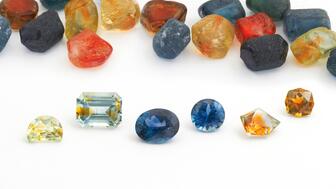
The fair will take place on the West Coast for the first time, hosted by Altana Fine Jewelry in Oakland, California.

Hillelson is a second-generation diamantaire and CEO of Owl Financial Group.
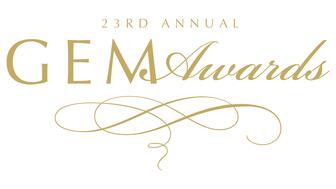
Submissions in the categories of Jewelry Design, Media Excellence, and Retail Excellence will be accepted through this Friday, Aug. 23.
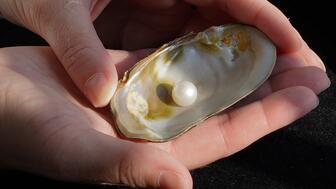
Known as “Little Willie,” it’s the largest freshwater pearl found in recent history in Scotland and is notable for its shape and color.

Clements Jewelers in Madisonville cited competition from larger retailers and online sellers as the driving factor.
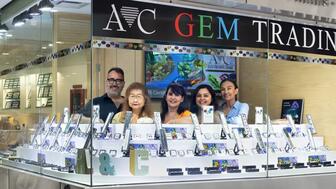
The gemstone company is moving to the Ross Metal Exchange in New York City’s Diamond District.

Most of the 18th century royal jewelry taken from the Green Vault Museum in Dresden, Germany, in 2019 went back on display this week.

The Pittsburgh jeweler has opened a store in the nearby Nemacolin resort.
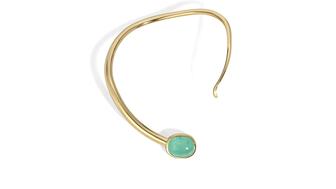
With a 40-carat cabochon emerald, this necklace is as powerful and elegant as a cat.

The Erlanger, Kentucky-based company was recognized for its reliability when it comes to repairs and fast turnaround times.

Unable to pay its debts, the ruby and sapphire miner is looking to restructure and become a “competitive and attractive” company.
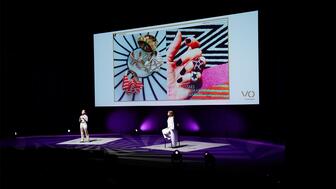
The trend forecaster’s latest guide has intel on upcoming trends in the jewelry market.










